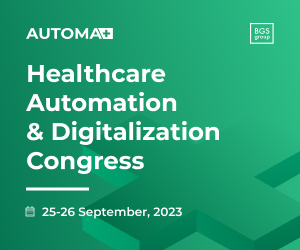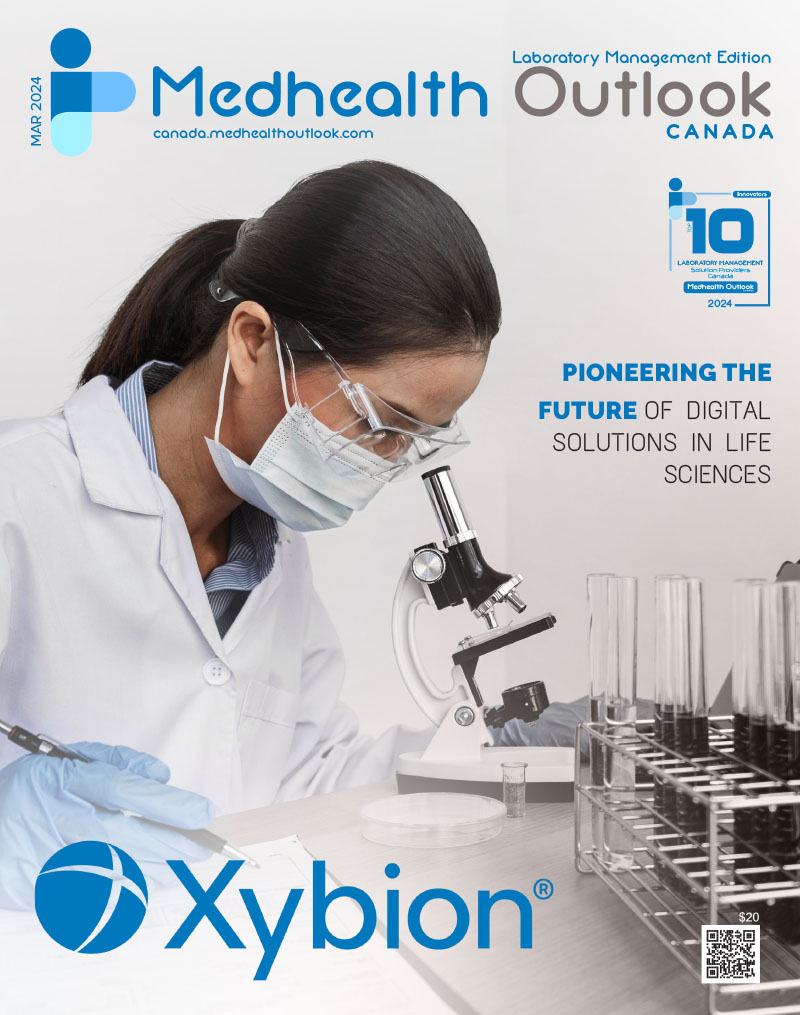It would be impossible to imagine life without laboratories and the people who work there. Daily, they are responsible for delivering reliable diagnostic results, cutting-edge research, new medicine, and other essential products and services.
Digital transformation in clinical diagnostic laboratories is an ongoing process that involves integrating technology into traditional laboratory practices to improve efficiency, accuracy, and productivity. We already see automation and robotics being increasingly used in clinical diagnostic laboratories. By applying machine learning algorithms to analyse large amounts of laboratory data and identify patterns that are not easily discernible by humans, they will be making significant steps forward in clinical diagnostics. Additionally, with digital pathology and telemedicine, laboratories will be able to significantly improve the speed and accuracy of diagnosis and reduce the time to treatment.
However, digital transformation is a very complex process with many challenges that can impede progress. According to McKinsey[1], 70% of all digital transformation projects fail. Our experience shows that if digital transformation is not led by the management, it has a very slim chance of success. Lack of change management skillset has a negative effect on user adoption and implementation of new technologies as well.
Careful planning and budgeting are therefore crucial for the success of these projects. The plans should address all aspects of the transition, including who will be involved in the process, whether any legacy systems need to be replaced, and how much time the organization will dedicate to training and onboarding the employees. Furthermore, laboratories need to plan their data management strategy, following FAIR principles and complying with data management and cybersecurity regulation.
Clinical diagnostic laboratories often have complex workflows that have been developed over time. Introducing new digital technologies can disrupt these workflows and create inefficiencies. That is why it is crucial to understand what you want to achieve by implementing new technologies. The laboratories that are successful on their digitalization path have their existing processes mapped, and they understand where the bottlenecks and inefficiencies lie. This way, they are able to implement specific solutions for the specific problem and always keep the bigger picture (digitalization strategy) in mind.
Experience from the field and literature[2] shows that organizations with digital culture are able to implement changes faster. Building a digital culture requires time and consistent communication throughout the organization about the importance of change and what the change will bring. Laboratories that involve all stakeholders in the process are less likely to experience user resistance[3]. Moreover, it is important to plan in accordance with available human resources. Adding additional work to a person’s already busy schedule will automatically trigger resistance toward the project. For the laboratories that understand the importance of digitalization and digital transformation but lack resources or do not know how and where to begin, I advise that they seek the expert advice of a digitalization consultant. They can help with their technology, project management, change management, strategy development, and vendor management expertise.
While digital transformation doesn’t come without challenges, it has a positive ROI for the organization. Clinical laboratories can observe short-term savings, such as shorter and automated responses to clients, lower chemicals usage, and higher throughput. Long-term savings include gaining new markets and competitive advantage, higher energy efficiency, and better equipment management[4].
Overall, the use of digital technology is transforming the way clinical diagnostic laboratories operate. While these technologies are at varying stages of adoption and implementation, they collectively improve laboratory services’ quality and efficiency, ultimately benefiting patients and healthcare providers.
[1]McKinsey, February 2023: https://www.mckinsey.com/capabilities/transformation/our-insights/common-pitfalls-in-transformations-a-conversation-with-jon-garcia
[2] Erjavec J., February 2020: How to increase user adoption in lab digitalization projects. https://biosistemika.com/blog/how-to-increase-user-adoption-in-lab-digitalization-projects/
[3] Zupancic K., Pavlek T., Erjavec J., 2021: Digital Transformation of the Laboratory: A Practical Guide to the Connected Lab
[4] Fekonja A., 2021: Return on investment in laboratory digitalization projects. https://biosistemika.com/blog/digitalization-return-on-investment/













